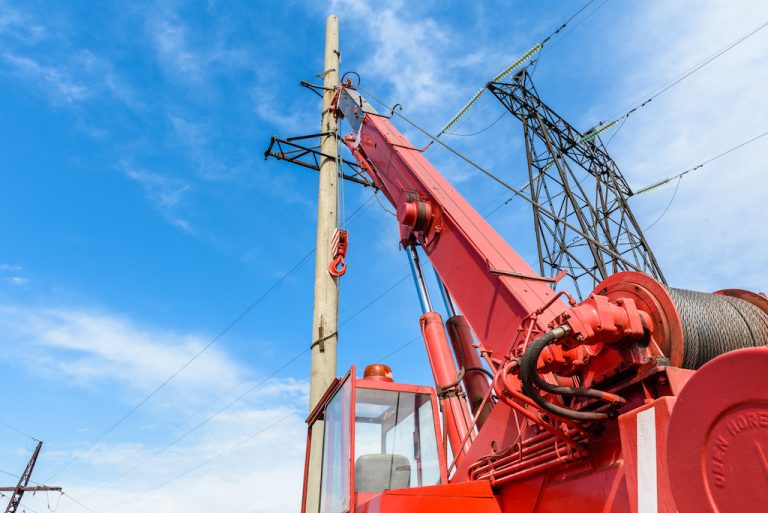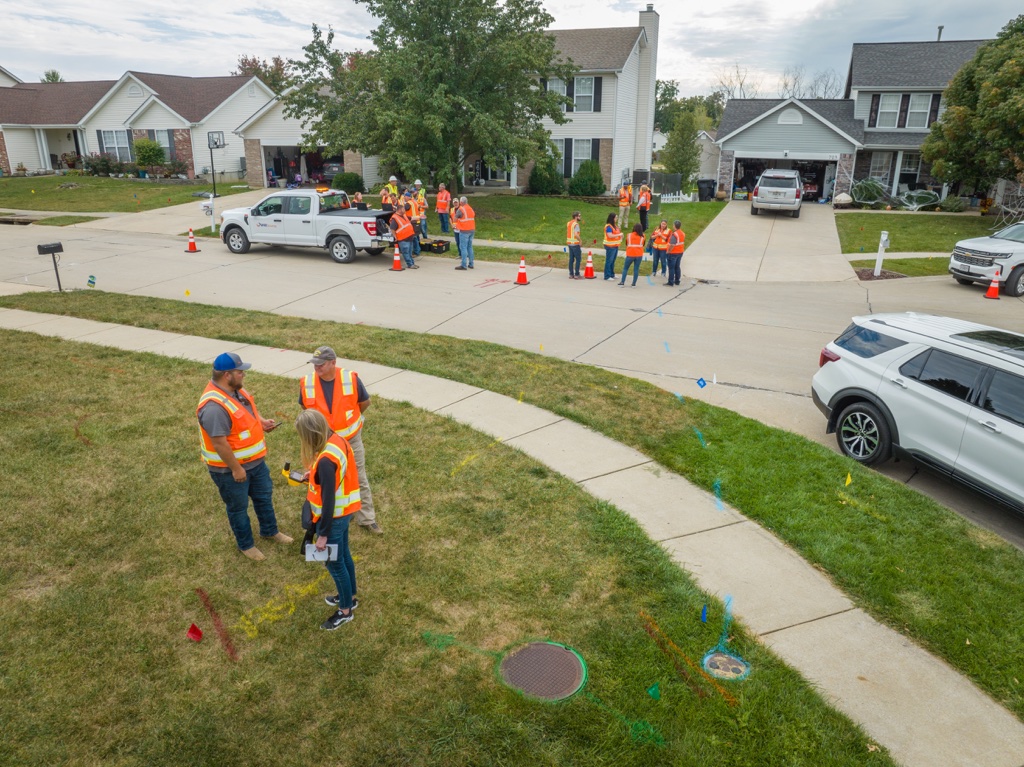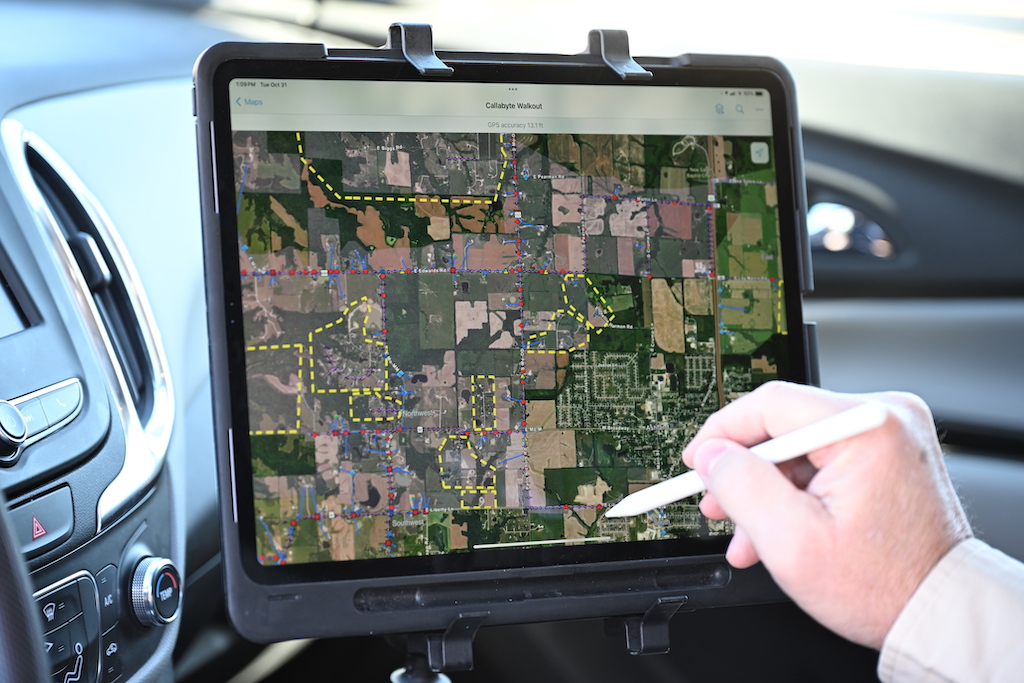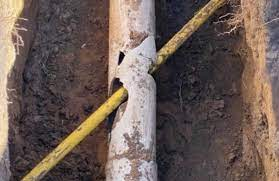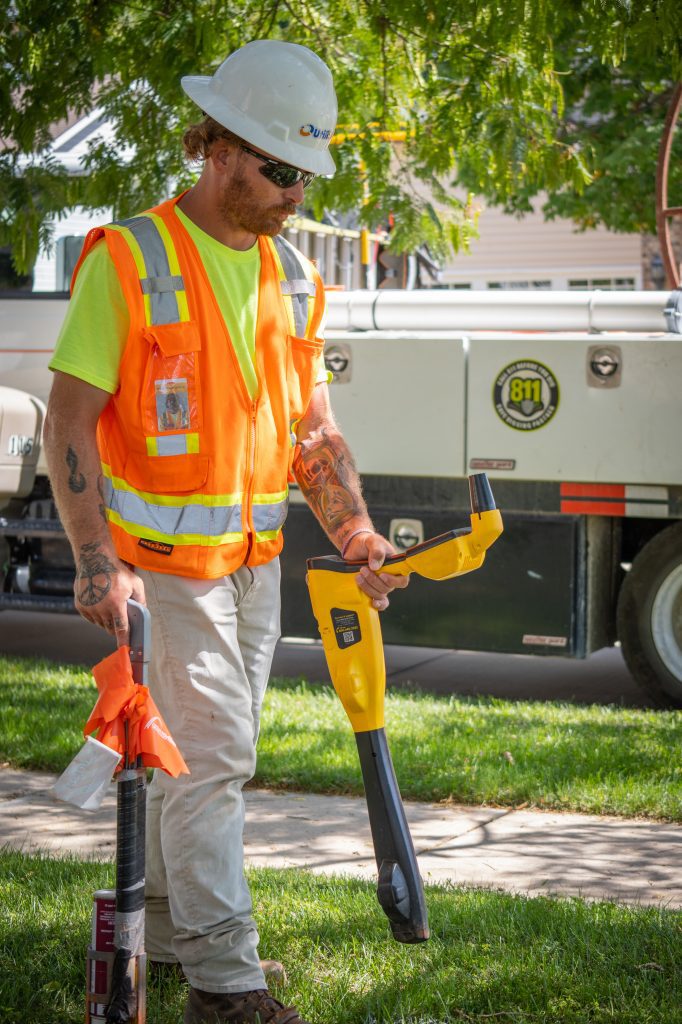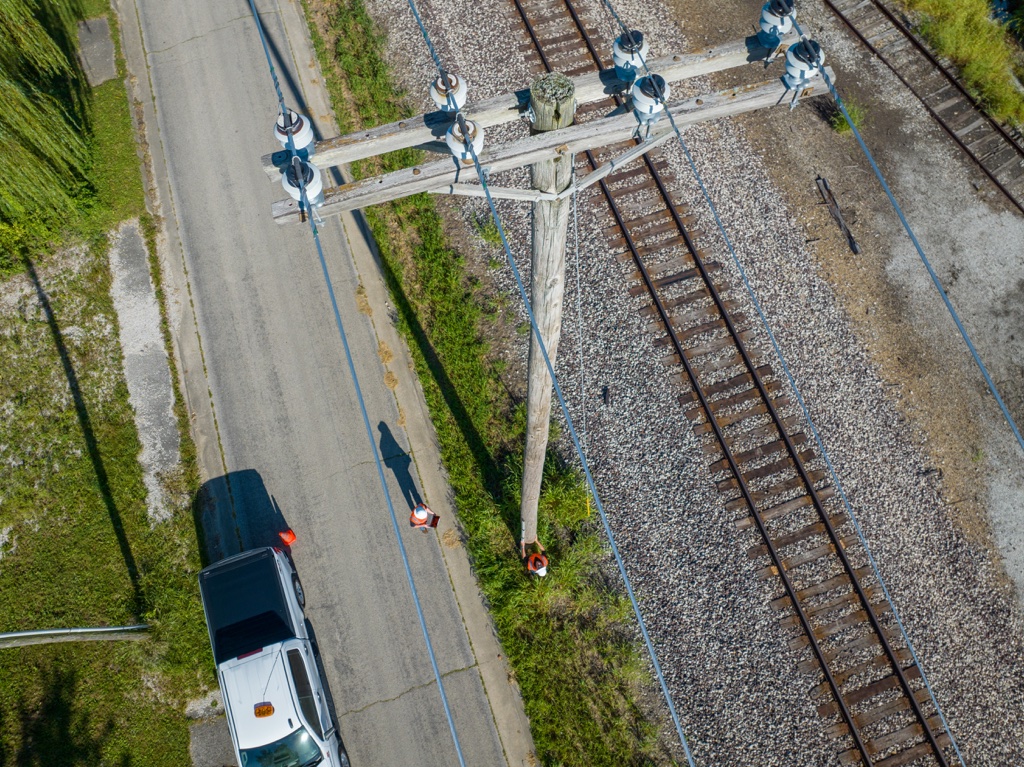Up-to-date utility infrastructure is the backbone of communities around the world, particularly as the United States experiences rapid economic development. Utilities provide access to reliable and safe water, electricity, and other essential services like high speed internet. Unfortunately, utility infrastructure systems in tribal lands areas and Indian Reservations are aging and in need of modernization.
Inadequate utility infrastructure can present a number of challenges for tribes, ranging from the financial burden of upgrades to lack of resources. Several organizations and tribal leaders have begun to address utility infrastructure issues, such as the Navajo Tribal Utility Authority.
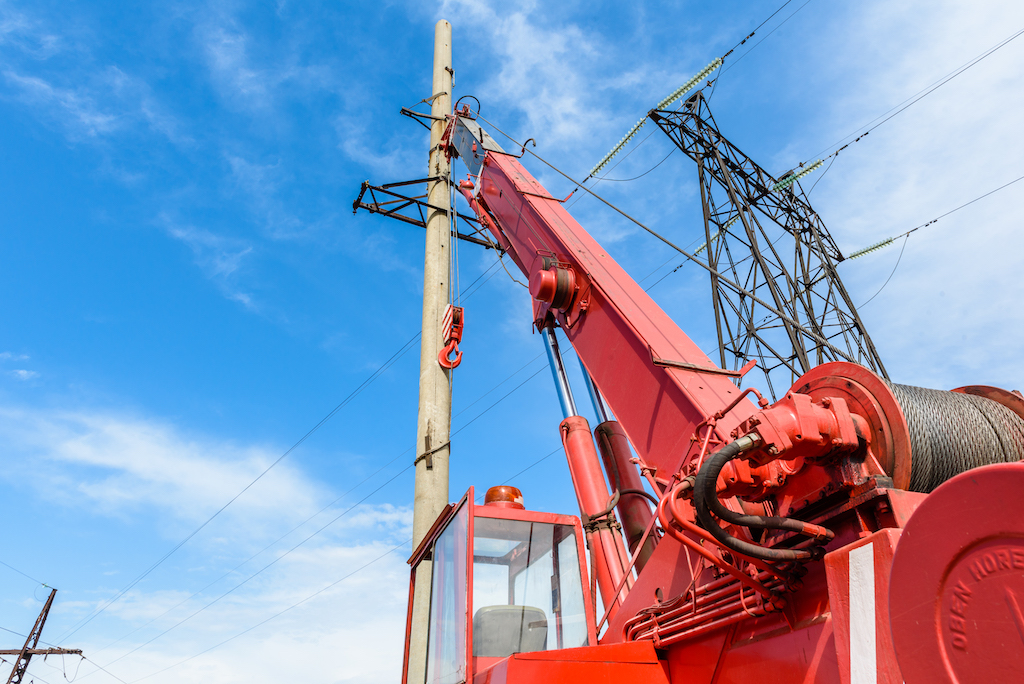
The Infrastructure Challenges
Internet Access
Many tribal lands are located in rural and remote areas, making it difficult and costly to build the necessary infrastructure for high-speed internet access. Additionally, tribal lands are often located on federal or state land, making it difficult to obtain the permits necessary for construction.This digital divide causes the inability to access important educational opportunities, take part in the global economy, and stay connected with family and friends.
Water Utilities
One of the biggest challenges for tribal water utilities is inadequate funding. Tribal water infrastructure is maintained through the Indian Health Service and the Bureau of Indian Affairs (BIA), both of which are chronically underfunded. This lack of resources has resulted in inadequate water supply, poor water quality, and aging infrastructure. To make matters worse, tribal governments often lack the resources to properly maintain water systems, leading to further problems.
Electricity
Tribes often lack the electricity grid infrastructure needed to meet their energy needs, making it difficult for utilities to deliver power to their customers. This infrastructure deficit can be costly for tribes, as they must either invest in infrastructure upgrades or find alternative sources of electricity. Electricity rates in tribal lands can be far higher than those in other areas, making it difficult for tribes to achieve energy independence. High energy costs can also limit economic growth, as businesses may be unwilling to open or expand in areas with expensive energy.
Advances in Tribal Utility Infrastructure
Geographic Information Systems (GIS) for utility mapping is a software solution that has been of great help for advancing tribal utility networks. GIS can be used to create maps that show the location of utility lines, equipment, and other related infrastructure in Indian land areas. This allows tribal utilities to better plan out their operations using tribal GIS, supporting Native American decisions on how to maintain and improve their services. GIS also helps with regulatory compliance, as it can provide detailed information on the location and condition of utility lines.
Finally, fiber-optic cable networks have been instrumental in helping tribal utilities increase the speed and reliability of their services. Fiber-optic cable networks are capable of providing faster and more reliable connections than traditional copper wires, which are more susceptible to interference. With fiber-optic cable networks, tribal utilities can ensure that their customers have access to better and more reliable services.
UtiliSource
UtiliSource is a company that has formed partnerships with native american tribes to provide critical tribal GIS and tribal utility assistance on indian land. This includes fiber optic network development, and advanced utility mapping using tribal lands GIS data.
The services provided by UtiliSource facilitate significant advancement in tribal utility infrastructure. To learn more, contact UtiliSource today!

